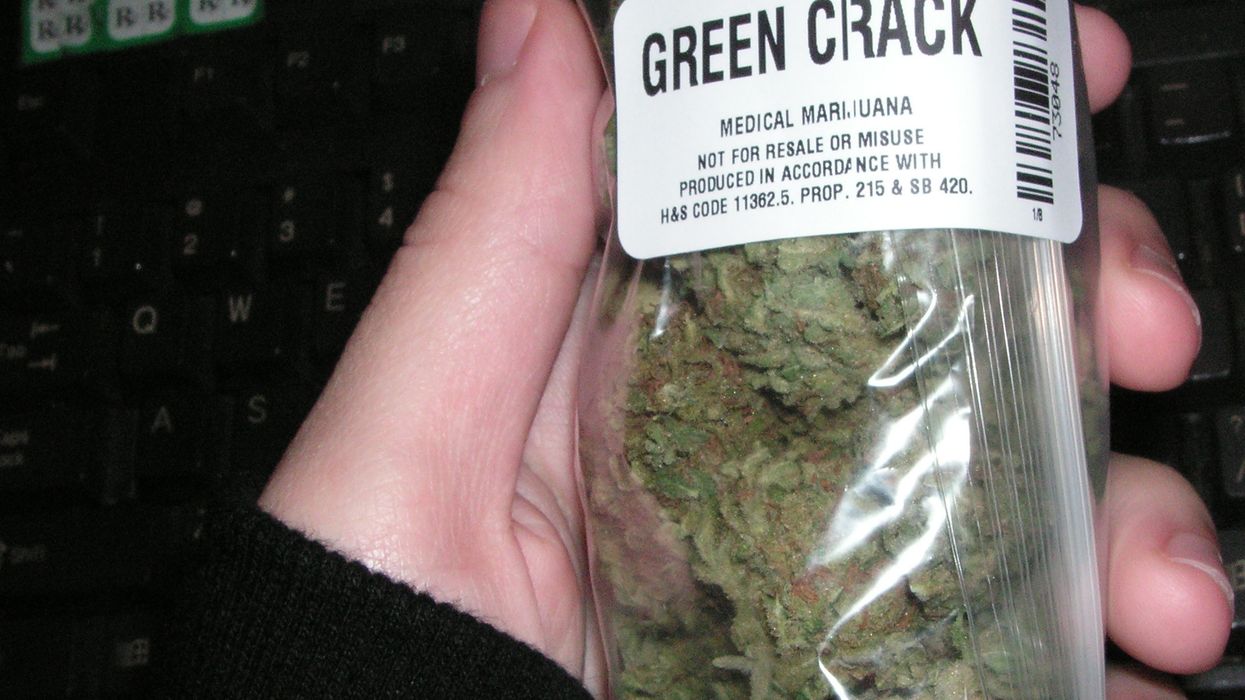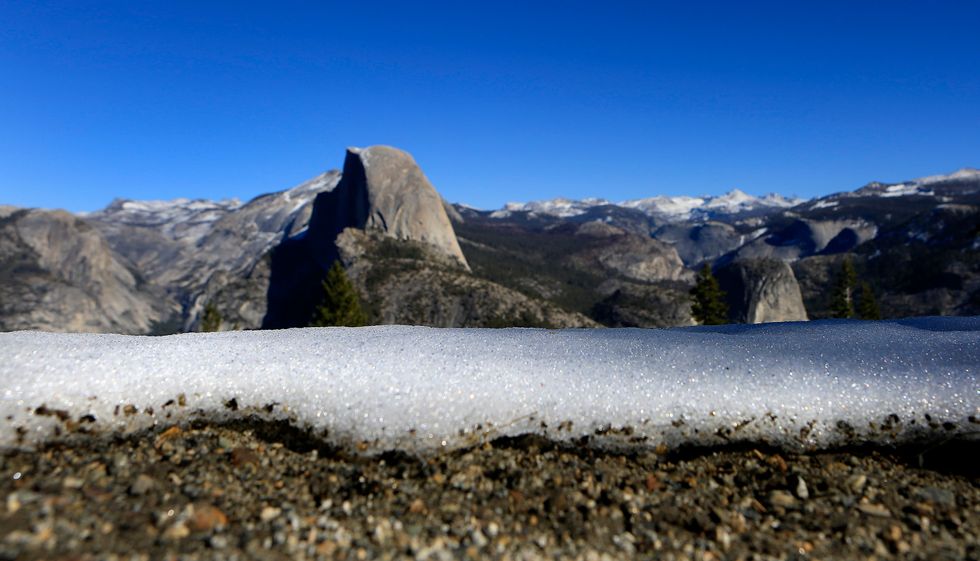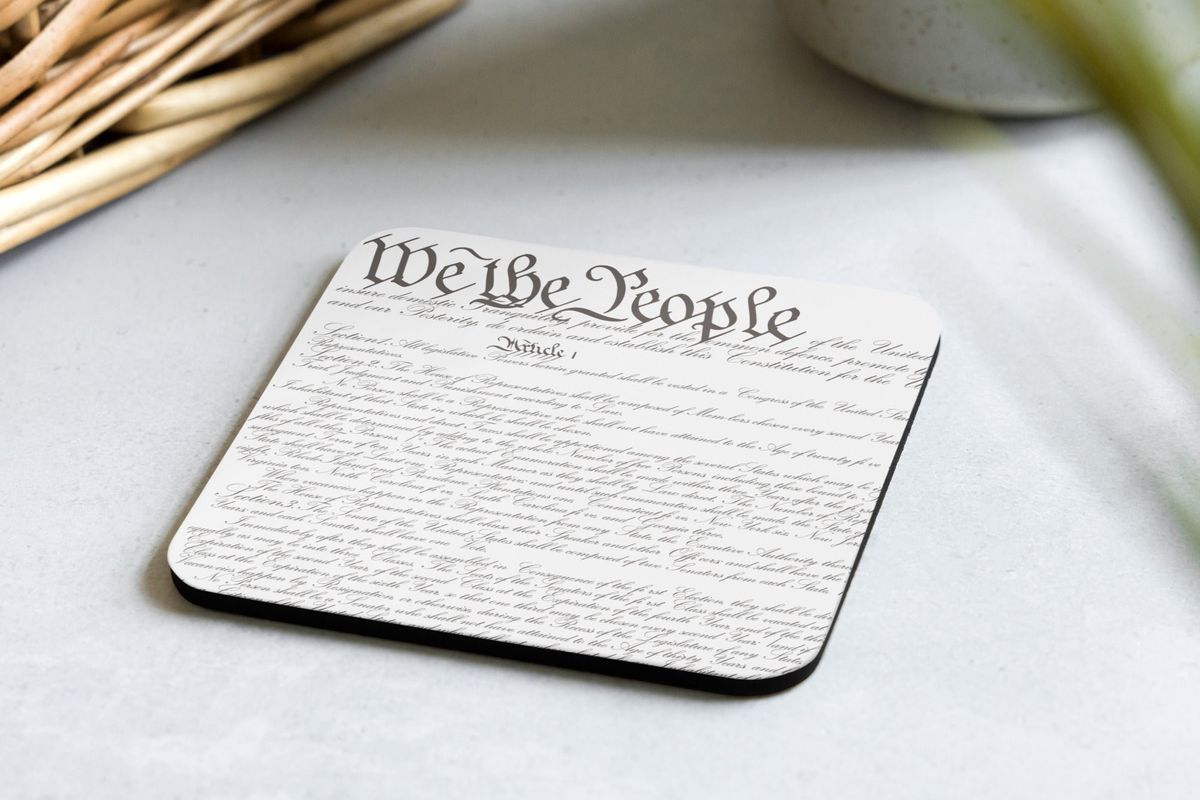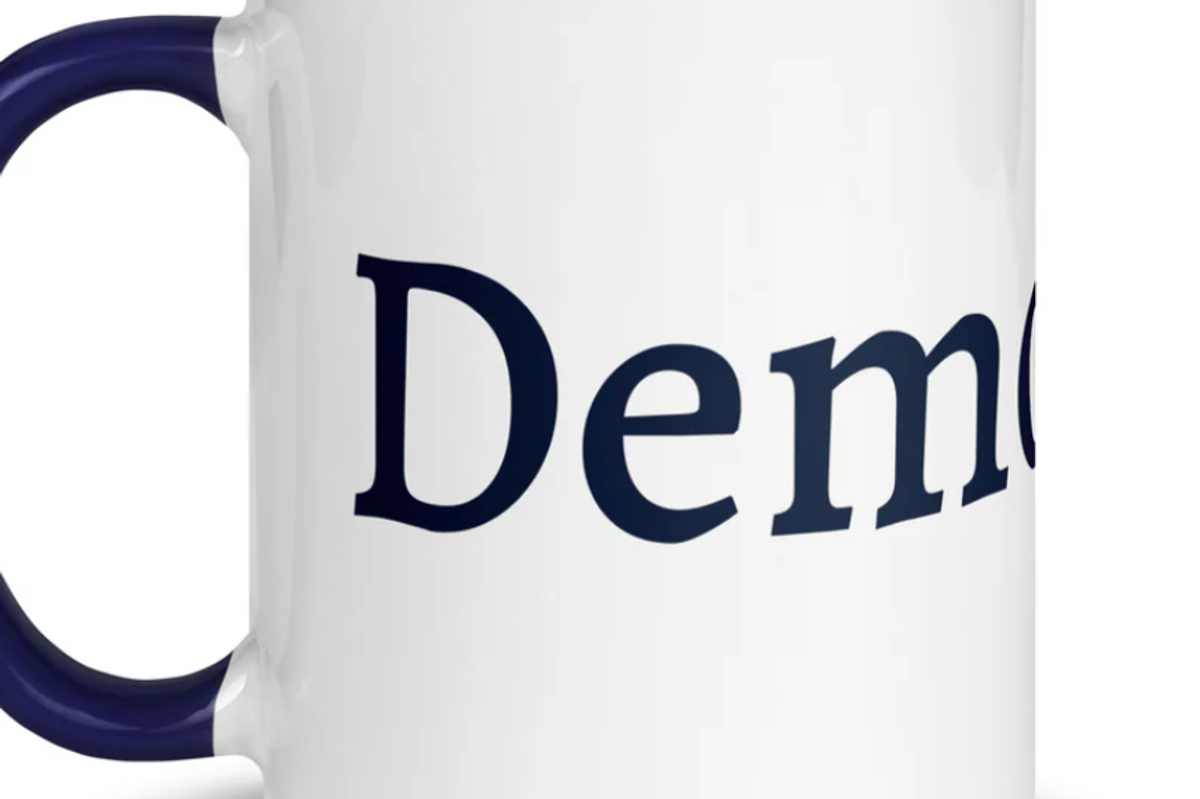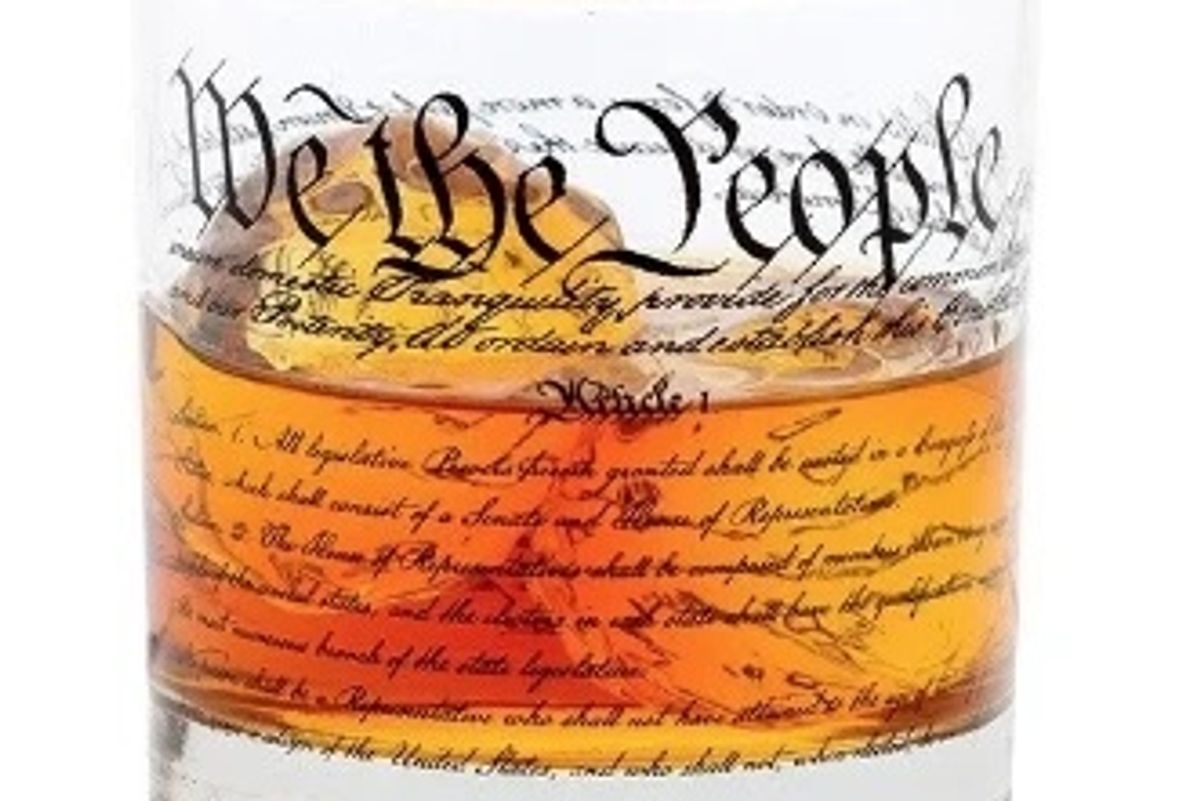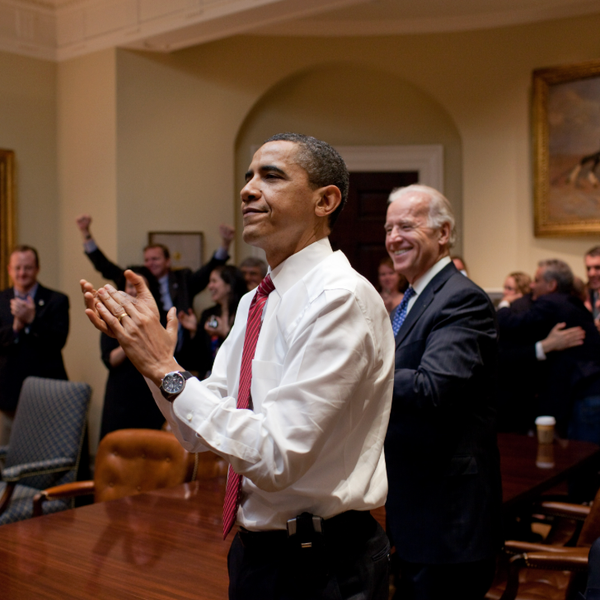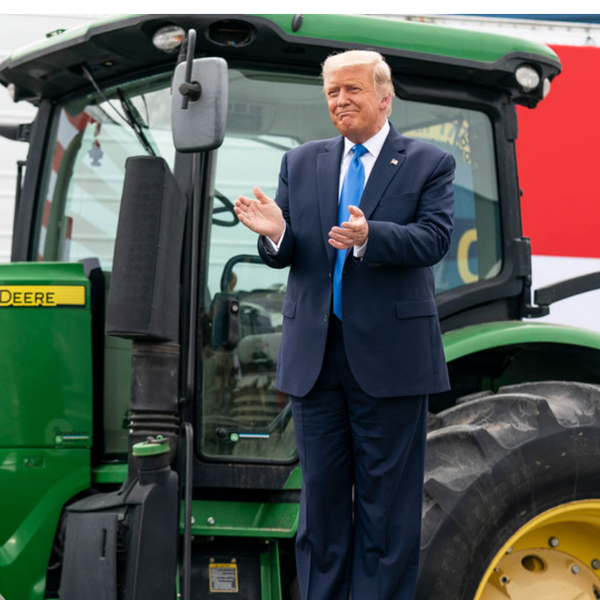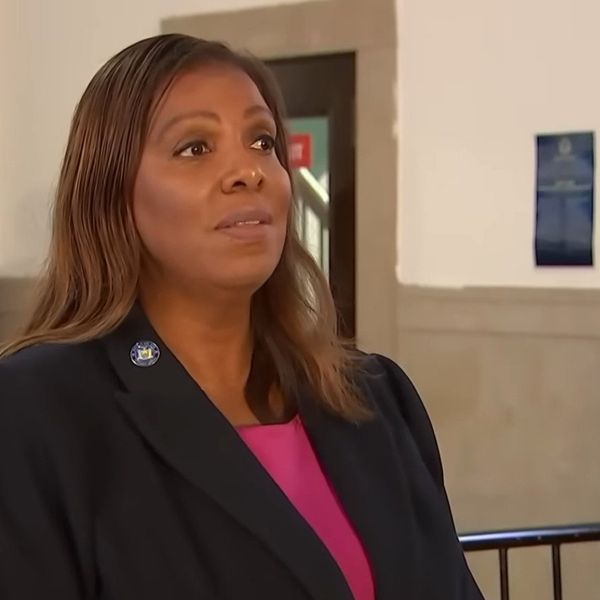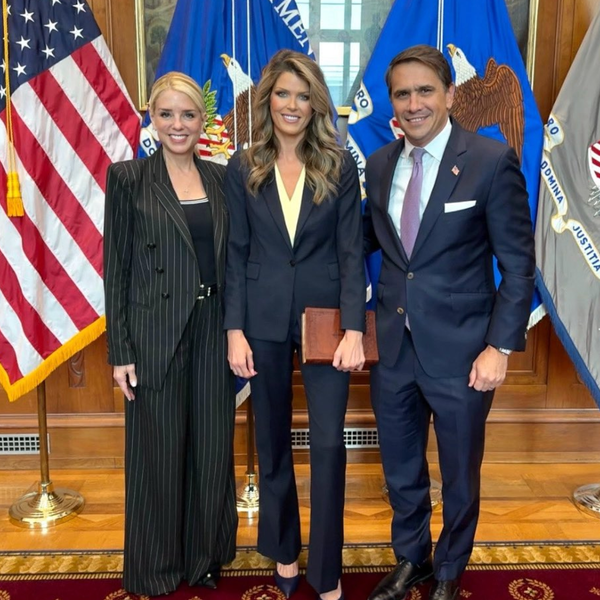MAGA Boosters Bummed As Trump Floats Looser Marijuana Regulation
Prominent MAGA figures are in a frenzy over reports that President Donald Trump will review federal restrictions on marijuana, and warn that any loosening could lead to societal chaos.
Trump confirmed he’s considering reclassifying marijuana from a Schedule I drug—currently grouped with ecstasy, heroin, and LSD—to a Schedule III substance, similar to anabolic steroids, tech billionaire Elon Musk’s favored ketamine, and testosterone. The president appeared conflicted, weighing the potential medical benefits against possible side effects.
“Medical, for pain and various things, I’ve heard some pretty good things, but for other things, I’ve heard some pretty bad things,” he told reporters Monday.
Reclassification wouldn’t legalize marijuana nationwide, but it would relax federal restrictions, broaden medical research, and allow for tax breaks for some marijuana companies. Currently, the federal government classifies weed as a “drug with no currently accepted medical use and a high potential for abuse.”
Trump has flirted with changing marijuana policy before. In 2024, he said he would support a Florida amendment to legalize weed statewide—a measure that ultimately failed.
But his recent comments on weed have many of Trump’s allies furious, framing marijuana as a gateway to an immoral and lazy society while glorifying … alcohol and tobacco?
“Our society thrived when everyone was smoking cigarettes and drinking whiskey. We became the most powerful nation in the world with liquor and nicotine,” The Daily Wire’s Matt Walsh hilariously posted on X. “No country of potheads has ever thrived, or ever achieved anything at all. Every city that legalized it became an even bigger shithole basically overnight.”
Other MAGA luminaries are clutching their pearls and whining about traditional values.
“America deserves better, our kids deserve better, I don’t want to have to be smelling weed anytime I take my kids anywhere in a city or a national park,” MAGA podcaster Jack Posobiec complained on his podcast.
Conservative commentator Michael Knowles echoed the critique to Axios, calling marijuana the “liberal intoxicant of choice” and contrasting it with “traditional pleasures” like tobacco and alcohol.
“The left is more comfortable just kind of vegging out, but they should not be, because sloth is bad for the individual and for society,” he added, conveniently ignoring the fact that somebody can and do abuse both substances.
These critiques go beyond tired Reefer Madness scare tactics. Instead, they offer a glimpse into MAGA’s cultural blueprint. In their often skewed worldviews, idleness or anything resembling a stoner lifestyle is framed as un-American and a betrayal of the cigar-and-whiskey archetype of rugged masculinity they celebrate.
The debate is also deeply rooted in political signaling. Marijuana has become shorthand for liberal excess, while tobacco and alcohol hold conservative credibility—a symbolic battleground in the broader culture war. Every puff or sip is seen as a marker of ideological loyalty, dividing behaviors along partisan lines.
Yet MAGA isn’t monolithic. Libertarian-leaning groups and those skeptical of Big Pharma say they find the rescheduling of cannabis appealing, especially as a nontraditional treatment for specific medical conditions, like PTSD.
“Rescheduling marijuana doesn’t legalize it, but it does allow for more medical research,” said MAGA influencer Rogan O’Handley, who added that such a change would hurt “Big Pharma” and “Big Prison.”
Trump’s “openness to rescheduling is research-driven and shows he’s listening to the countless veterans whose lives have been changed for the better by its medicinal benefits,” MAGA influencer CJ Pearson wrote.
Currently, 24 states have legalized recreational marijuana, and 40 allow its medical use. Trump reclassifying marijuana could give the booming cannabis industry a significant boost and expand access for consumers and researchers alike.
Meanwhile, MAGA’s internal feud rages on. For now, it’s entertaining to see Trump’s top groupies tear each other apart over weed—even if they’ve mostly forgotten other controversies surrounding Dear Leader.
Reprinted with permission from Daily Kos.

